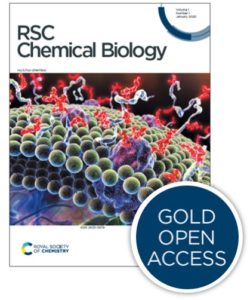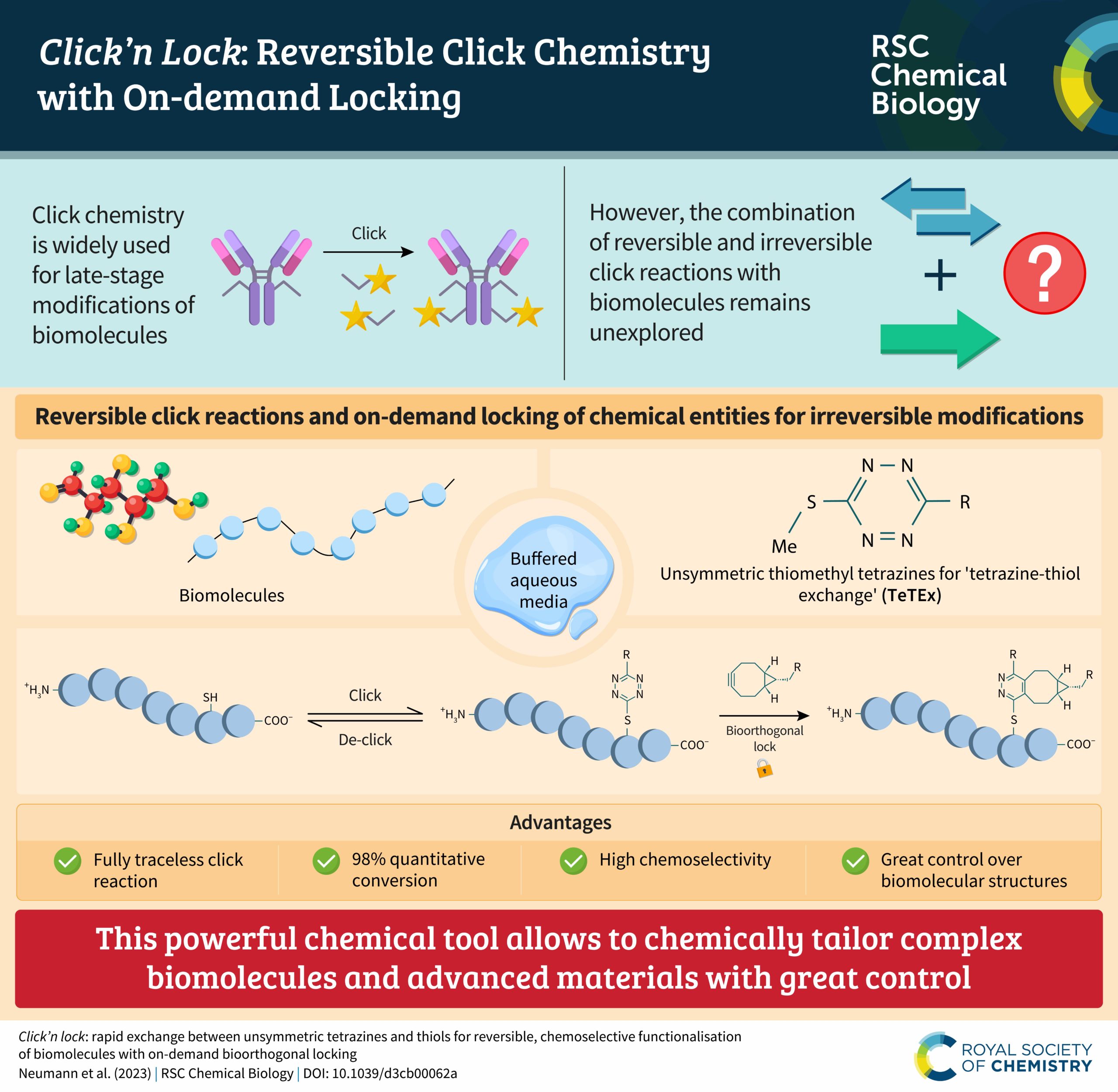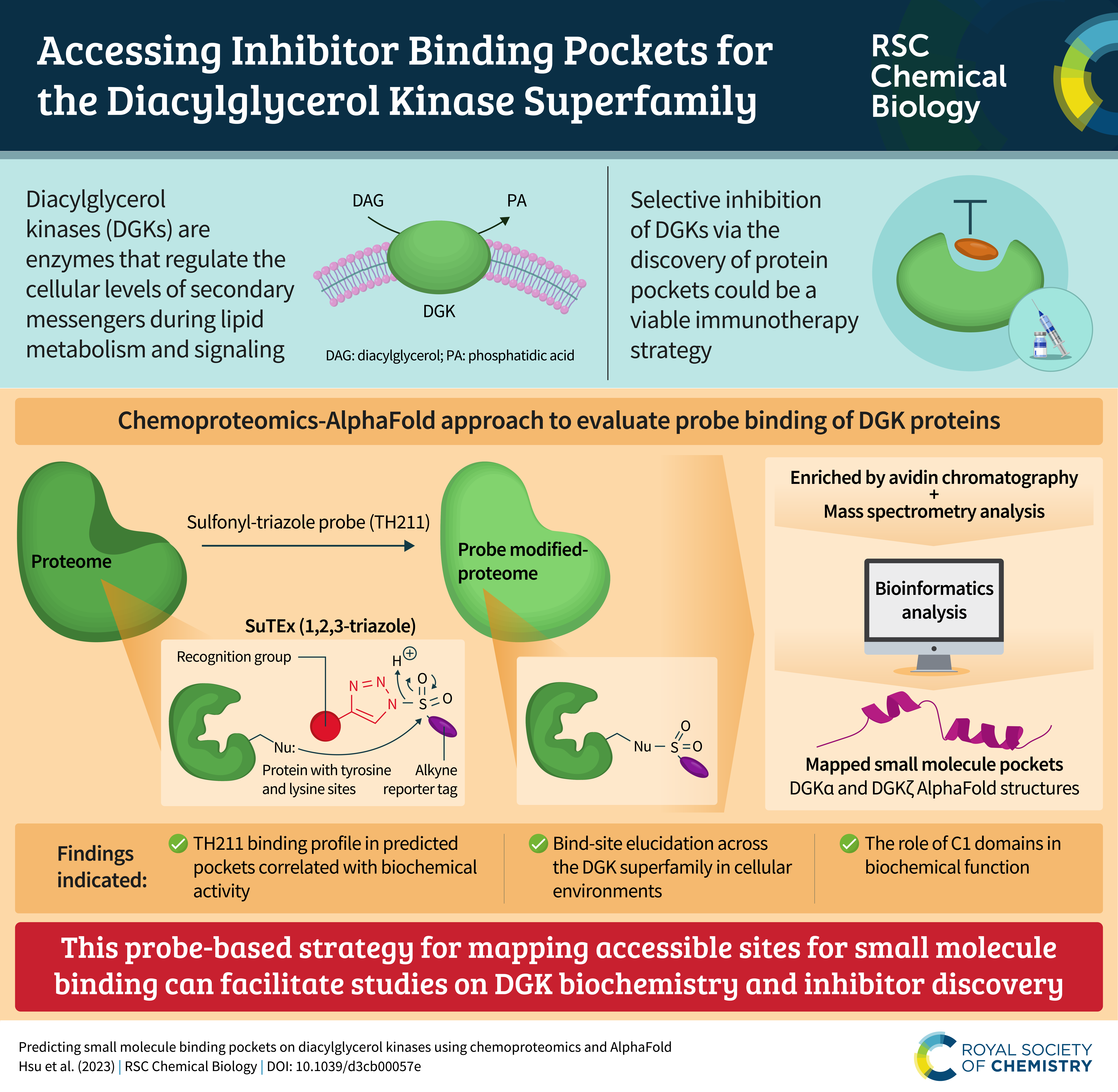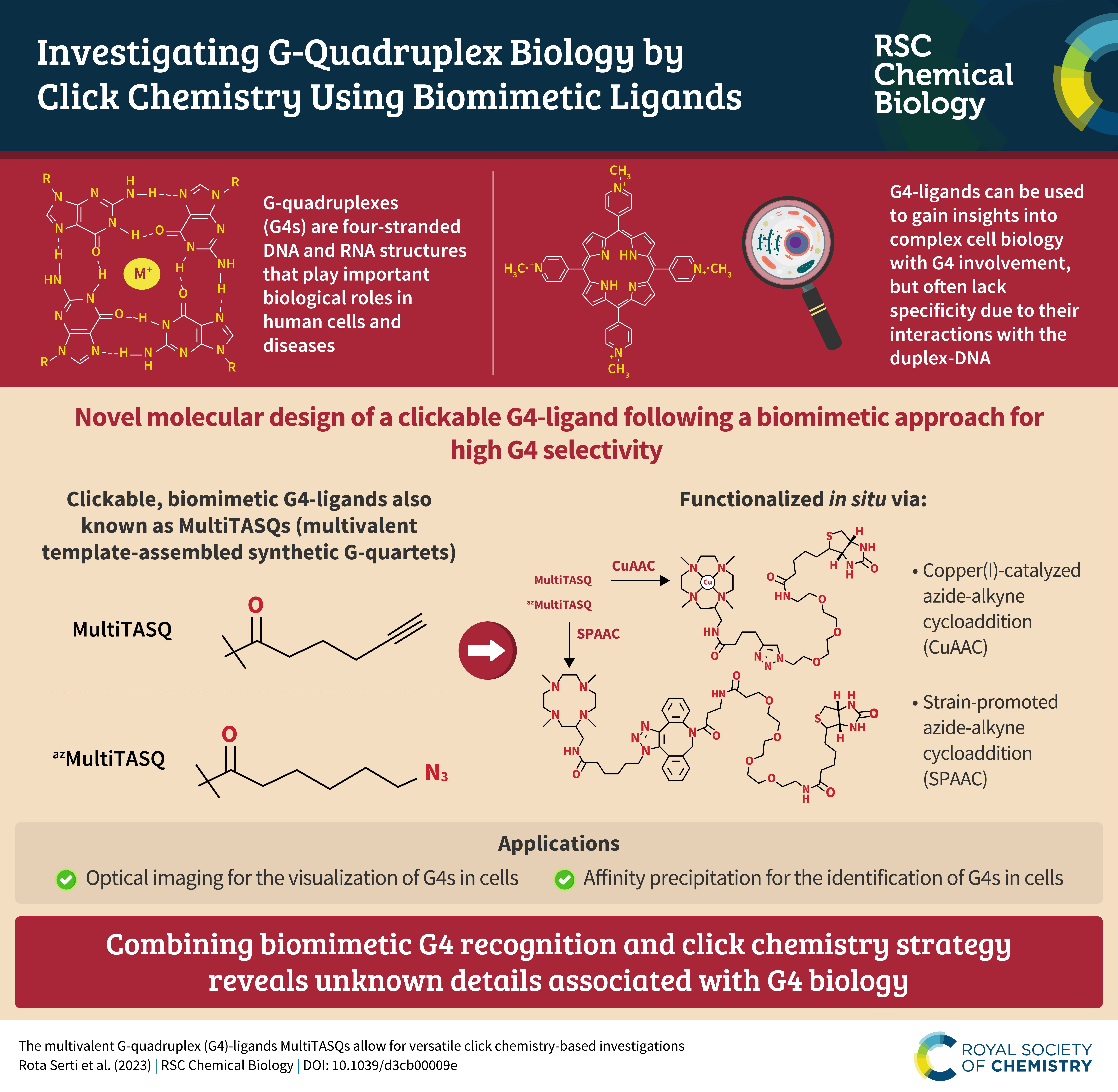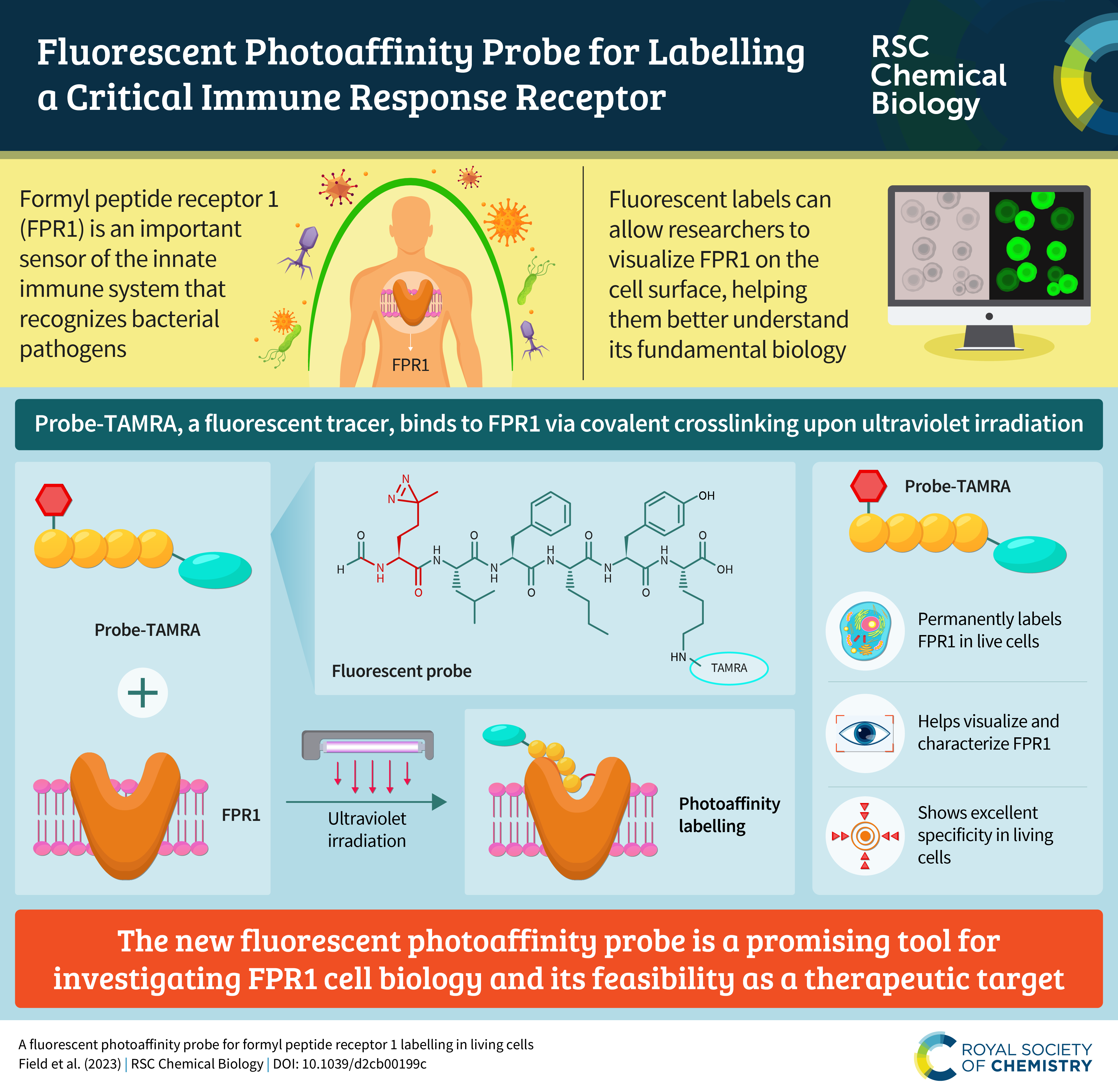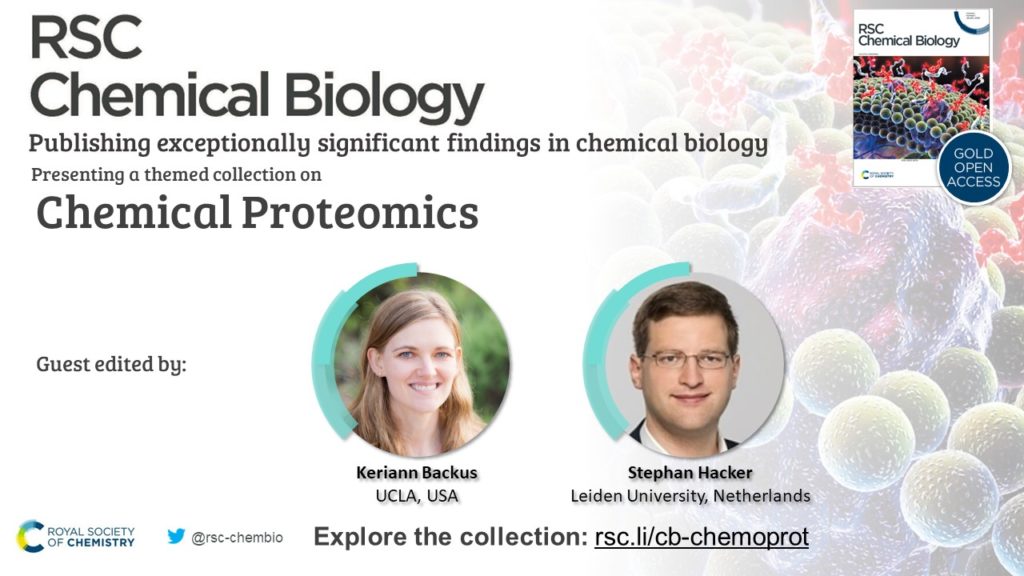
We’re pleased to announce that a new themed collection from RSC Chemical Biology on Chemical Proteomics has now been published online.
Read the collection
This collection, Guest Edited by Dr Keriann Backus (UCLA, USA) and Dr Stephan Hacker (Leiden University, Netherlands), highlights work on applications of chemoproteomics to study the targets and off-targets of covalent and non-covalent inhibitors, to study the reactivity of amino acids in the proteome, to develop new reactive groups for photocrosslinkers, covalent inhibitors and protein labeling as well as to study post-translational modifications and cofactor binding proteome-wide.
A listing of the articles has been provided below. All articles in RSC Chemical Biology are open access and free to read.
Perspective
Finding a vocation for validation: taking proteomics beyond association and location
Marcus J. C. Long, Jinmin Liu and Yimon Aye
RSC. Chem. Biol., 2023, 3, 110–120, DOI: 10.1039/D2CB00214K
Communications
Quantitative profiling of PTM stoichiometry by resolvable mass tags
Ying Chen, Baiyi Quan, Yuanpei Li, Yuan Liu, Wei Qin and Chu Wang
RSC. Chem. Biol., 2023, 3, 1320–1324, DOI: 10.1039/D2CB00179A
Chemoproteomic mapping of human milk oligosaccharide (HMO) interactions in cells
Abdullah A. Hassan, Jacob M. Wozniak, Zak Vilen, Weichao Li, Appaso Jadhav, Christopher G. Parker and Mia L. Huang
RSC. Chem. Biol., 2023, 3, 1369–1374, DOI: 10.1039/D2CB00176D
Papers
The covalent reactivity of functionalized 5-hydroxy-butyrolactams is the basis for targeting of fatty acid binding protein 5 (FABP5) by the neurotrophic agent MT-21
Esben B. Svenningsen, Rasmus N. Ottosen, Katrine H. Jørgensen, Marija Nisavic, Camilla K. Larsen, Bente K. Hansen, Yong Wang, Kresten Lindorff-Larsen, Thomas Tørring, Stephan M. Hacker, Johan Palmfeldt and Thomas B. Poulsen
RSC. Chem. Biol., 2023, 3, 1216–1229, DOI: 10.1039/D2CB00161F
A peptide-crosslinking approach identifies HSPA8 and PFKL as selective interactors of an actin-derived peptide containing reduced and oxidized methionine
Aaron Maurais and Eranthie Weerapana
RSC. Chem. Biol., 2023, 3, 1282–1289, DOI: 10.1039/D2CB00183G
Chemical proteomic analysis of bile acid-protein targets in Enterococcus faecium
Xinglin Yang, Xiaohui Zhao, Victor Chen and Howard C. Hang
RSC. Chem. Biol., 2023, 3, 1397–1402, DOI: 10.1039/D2CB00178K
Photoreactive bioorthogonal lipid probes and their applications in mammalian biology
Karthik Shanbhag, Kavita Sharma and Siddhesh S. Kamat
RSC. Chem. Biol., 2023, 3, 37–46, DOI: 10.1039/D2CB00174H
Predicting small molecule binding pockets on diacylglycerol kinases using chemoproteomics and AlphaFold
Roberto Mendez, Minhaj Shaikh, Michael C. Lemke, Kun Yuan, Adam H. Libby, Dina L. Bai, Mark M. Ross, Thurl E. Harris and Ku-Lung Hsu
RSC. Chem. Biol., 2023, 3, 422–430, DOI: 10.1039/D3CB00057E
We hope you enjoy this new themed collection from RSC Chemical Biology.
Comments Off on New themed collection on ‘Chemical Proteomics’





